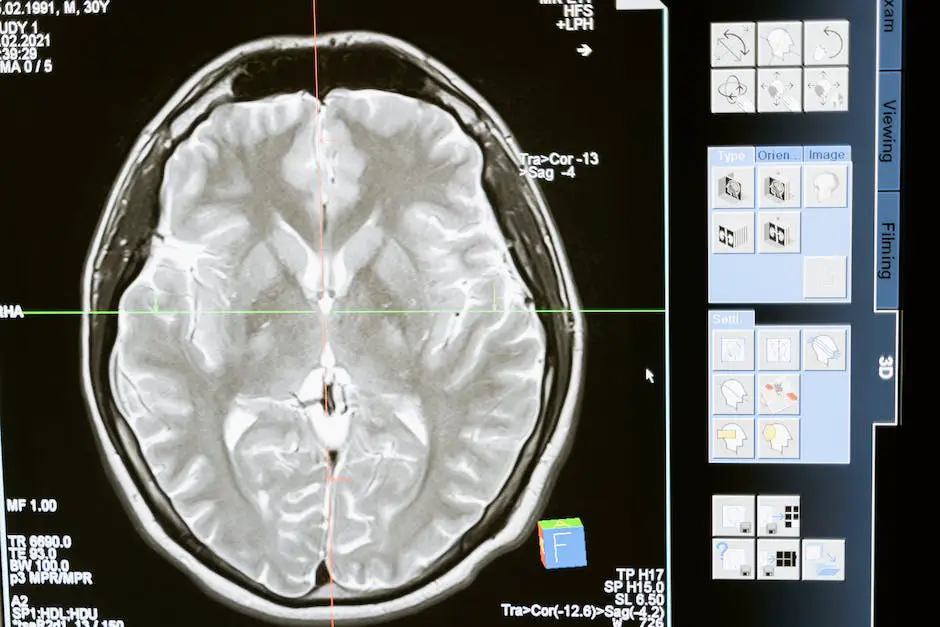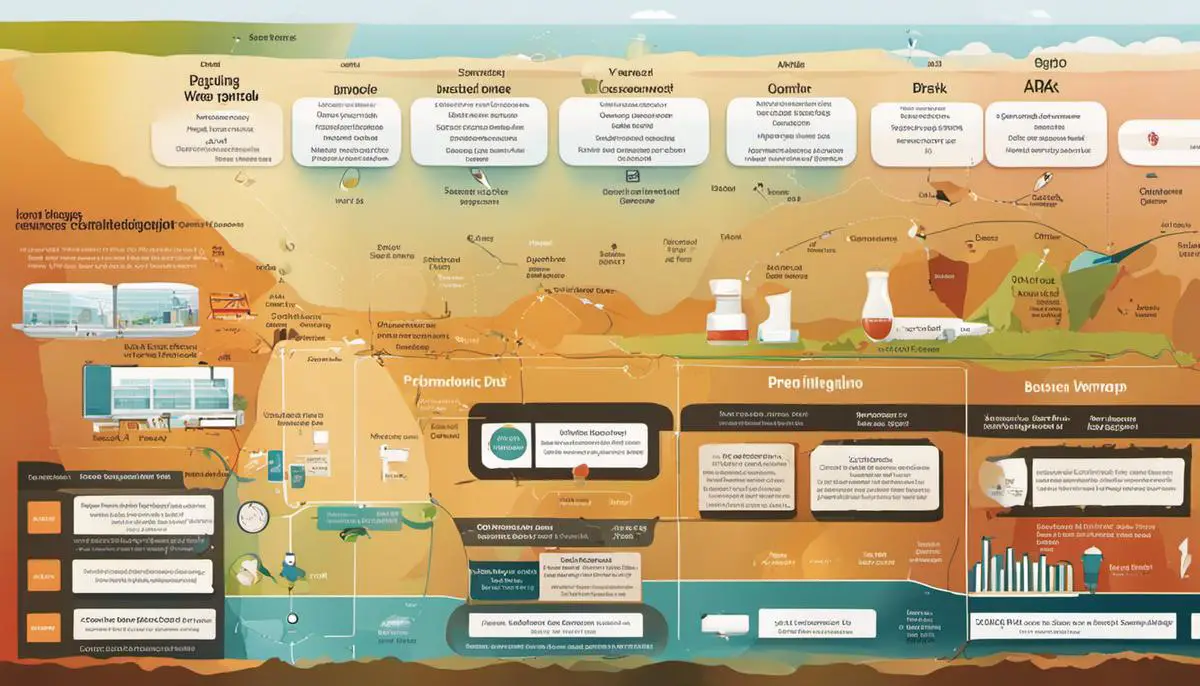In an everyday world dominated by health and wellness conversations, understanding common medical conditions becomes significantly crucial. One such conditions, Diabetic Ketoacidosis (DKA), continually affects a considerable population, especially within the demographics of diabetic patients. This piece aims to break down the complexities of DKA in a manner that the general public can readily digest. A greater understanding of its definition, common causes, risk groups, and prevention strategies can effectively equip individuals with the necessary knowledge to tackle it head-on. Embedded in the awareness of this condition are the keys to a healthier and more prepared society.
What is Diabetic Ketoacidosis (DKA)?
Understanding Diabetic Ketoacidosis (DKA)
Diabetic ketoacidosis (DKA) is a serious complication associated with diabetes, specifically Type 1 diabetes, although it can occasionally occur in people with Type 2 diabetes. This condition is characterized by extremely high levels of blood sugar (hyperglycemia) and excess ketones in the blood, leading to a state of acidosis. Ketones are produced when the body, due to an insufficient supply of insulin, starts breaking down fat assets for energy, rather than glucose. This process leads to the generation of acids in the bloodstream known as ketones, causing the blood to become acidic.
Symptoms of DKA
Common symptoms that might indicate DKA include frequent urination, high levels of thirst, excessive fatigue, nausea or vomiting, shortness of breath, fruity-scented breath, and confusion or difficulty concentrating. These symptoms may develop rapidly, within 24 hours in some cases. In severe situations, if DKA is left untreated, it could lead to a diabetic coma or even death.
Complications Associated with DKA
DKA can bring about various complications if not promptly identified and treated. One such complication is cerebral edema or swelling of the brain, which can have grave consequences. In addition, kidney damage could occur due to the stress placed on these organs to eliminate the excess sugar and ketones from the bloodstream. Cardiovascular troubles such as heart attacks and other heart diseases are also a risk as DKA disturbs the electrolyte balance in your body hampering the normal functioning of your heart. Finally, the severe dehydration resulting from DKA could further strain the body and its organs.
Understanding Diabetic Ketoacidosis (DKA) lies mainly in managing and monitoring diabetes. This includes observing routine check-ups, following prescribed medication regimens, and maintaining a balanced diet. Notably, regular monitoring of blood sugar levels is crucial for individuals with diabetes. Recognizing the symptoms of DKA early on can also help ensure the necessary medical intervention is sought promptly should suspicion of DKA arise.

Key Factors Leading to the Development of DKA
The Role of Insulin Deficiency in Diabetic Ketoacidosis (DKA)
One of the primary causative factors of DKA is a deficiency in insulin, a critically important hormone in the body’s endocrine system. This hormone, which is produced in the pancreas, is primarily responsible for regulating blood sugar levels. It achieves this by facilitating the movement of glucose from the blood into the body’s cells, where it is used as an energy source. Consequently, a lack of insulin means that glucose cannot move into the cells and remains in the bloodstream instead, resulting in abnormally high blood sugar levels.
When cells lack glucose for energy, they are forced to burn fat, a process which releases ketones. Usually, these ketones are safely eliminated from the body. However, in the event of an insulin deficiency, ketones begin to build up. This accumulation results in the blood becoming acidic – a state which ultimately leads to the development of diabetic ketoacidosis.
High Blood Glucose Levels as a Cause of DKA
Hyperglycemia or high blood glucose levels is another factor leading to DKA. This phenomenon more commonly occurs with uncontrolled type 1 diabetes, although it can also occur in type 2 diabetes. If insulin is insufficient or absent in the body, glucose can’t be utilized for energy as intended. This forces the body to break down fat for energy instead, resulting in the production of ketones—a byproduct of the process. If too many ketones are produced too quickly, they will accumulate in the blood, leading to ketoacidosis. In severe conditions, it can cause a coma or even death.
Illness or Infection Contributing to DKA
Illnesses or infections can also trigger DKA. When the body is combating a disease or infection, it tends to produce hormones such as cortisol and adrenaline, which can counteract insulin’s effect of maintaining balanced blood sugar levels. Viral or bacterial infections, for instance, tend to accelerate glucose production and limit the usage of glucose, leading to hyperglycemia.
Moreover, illnesses can also exacerbate dehydration which can further heighten blood glucose levels. If such insulin resistance and subsequent spike in glucose levels occur in the absence of sufficient insulin injections for a person with diabetes, it can result in DKA.
Therefore, illnesses or infections can potentially cause a catastrophic series of events within the bodies of individuals with diabetes, making disease management extremely crucial for these individuals.
It’s vital to understand that instances of diabetic ketoacidosis (DKA) can mainly be attributed to a deficiency in insulin, the presence of high blood glucose levels, and the occurrence of illnesses or infections. DKA can sometimes act as a diagnostic indicator for those unaware they have diabetes, while in other instances, it may occur in those already diagnosed with the condition. Immediate medical aid is essential for anyone depicting signs of DKA.

Risk Groups: Who are more prone to DKA?
Identifying Risk Groups: Who is More Susceptible to DKA?
DKA is a severe and potentially lethal condition that predominantly affects individuals with type 1 diabetes, though it can also manifest in those with type 2 diabetes. The hallmark signs of DKA are high blood sugar levels (hyperglycemia), ketosis, and acidosis. This condition occurs when the body cannot utilize glucose as a primary energy source due to the lack or insufficiency of insulin.
Individuals with Type 1 Diabetes
People with type 1 diabetes are more prone to DKA because their bodies do not produce insulin, a hormone that allows cells to absorb glucose for energy. A lack of insulin means that the body begins to breakdown fat as an alternate energy source, leading to an accumulation of ketones – acidic byproducts of fat metabolism – which in high concentrations can lead to DKA.
People Coping with Illnesses
Another group at risk includes those coping with illnesses, especially infections or serious diseases. Illness can increase the body’s production of hormones like cortisol and adrenaline that work against the effects of insulin. This can lead to high glucose levels and the possibility of DKA in people with diabetes.
Impact of Missed Insulin Doses
Missing insulin doses can significantly increase the risk of DKA. When there’s not enough insulin in the body, glucose can’t be used efficiently as fuel. This increases glucose levels in the blood and the body starts burning fat and muscle for energy, resulting in ketone production.
Pediatric Risk Group
Children with undiagnosed type 1 diabetes are a notable risk group. DKA is often the first symptom of type 1 diabetes in children who have not yet been diagnosed. New-onset type 1 diabetes is often severe in children and they tend to develop DKA more quickly than adults.
Pregnant Women with Diabetes
Pregnant women with diabetes, especially those with poor glucose control, are also at risk. Pregnancy increases insulin resistance and many pregnant women need to adjust their insulin doses to avoid hyperglycemia. Failure to adjust can trigger the onset of DKA.
For an individual with either type 1 or type 2 diabetes, routine blood glucose monitoring, sticking to an insulin regimen, and seeking immediate medical attention for any sicknesses is crucial. These considerations highlight the significance of understanding the risk groups associated with these forms of diabetes as a way of preventing Diabetic Ketoacidosis (DKA).

DKA Prevention: Managing your Diabetes
Unpacking Diabetic Ketoacidosis and Its Causes
Insulin shortage in your body typically brings about Diabetic Ketoacidosis (DKA). Insufficient insulin results in glucose being unable to enter your cells for energy, causing your body to resort to burning fat instead. This alternative process of energy production leads to the creation of acids known as ketones, resulting in DKA if not effectively managed in a timely manner.
Regular Blood Glucose Monitoring
One of the most effective ways to prevent DKA is regular blood glucose monitoring. Consistently measuring your blood sugar levels is essential for managing diabetes efficiently. When your blood sugar level is too high (hyperglycemia), it can potentially lead to the development of DKA. Therefore, catching this early through monitoring can prevent DKA.
Taking Diabetes Medication as Prescribed
Adherence to prescribed diabetes medication plays a pivotal role in maintaining optimal glucose levels and thus preventing DKA. Skipping or altering your medication schedule can potentially cause a spike in your blood sugar levels. Therefore, taking your medication as directed by your healthcare provider is critical.
Managing Carbohydrate Intake
Monitoring your diet, specifically carbohydrate intake, is another key contributor to managing diabetes and preventing DKA. Consuming more carbohydrates than your body can handle may result in hyperglycemia, which can eventually spiral into DKA. Therefore, it’s recommended that individuals with diabetes work with their healthcare provider or nutritionist to create a diet plan reducing the risk of hyperglycemia and DKA.
Staying Hydrated
Staying well-hydrated is crucial not only for overall health but particularly for diabetes management. Dehydration can raise blood sugar levels, which can pose a risk for DKA. It’s important to consume a sufficient amount of water daily and to increase intake when exercising or during periods of ill health to compensate for fluid loss.
The Importance of Regular Medical Checkups
Regular medical checkups allow healthcare professionals to assess your overall health status, adjust medication if necessary, and check for potential complications from diabetes including the risk of DKA. Regular visits to your doctor also provide the opportunity to ask questions and clarify concerns about your diabetes management.
In conclusion, discipline in managing diabetes and frequent communication with your healthcare provider are key to preventing DKA. Prevention indeed is always better than needing to manage complications later. Through regular glucose monitoring, adhering to prescribed medication, limiting carbohydrate intake, and staying well-hydrated, individuals with diabetes can significantly reduce their risk of developing DKA.

Behavioral adjustments and a proactive approach towards personal health play a pivotal role in curbing DKA. Though the condition may seem daunting at first glance, the power to minimize its impact rests within our grasp. By acknowledging the factors that lead to its development, identifying people more prone to it, and employing the appropriate preventive measures, we could create an environment less threatened by DKA. Remember, every stride towards understanding is a step away from ignorance and a leap towards healthier and more sustainable living. Let us continue shedding light on DKA, not only for ourselves but for everyone around us.
